This article is one in a series of reports containing information from my model of the Business Analysis Body Of Knowledge version 3 (BABOK).
1 Overview
In my opinion, the most useful addition to the BABOK would be a detailed description of the outputs (artifacts) that are produced during business analysis. In this article I attempt to fill this gap, by focusing on the artifacts used and produced by BABOK tasks.
2 Artifacts
An artifact is identified as an input or output of a BABOK task. Artifact types are uniquely defined by their name (for example, no 2 documents have the same name). Artifacts contain attributes and operations. Attributes may be thought of as templates for information that is captured by the artifact. Every artifact includes an identifying attribute whose name is preceded with a ‘#’. Operations are references to the tasks that generate the content of the artifact.
An artifact is represented with the UML class icon.
2.1 Attribute Types
Attribute values are generated from the associated task elements and they include a reference to the BABOK paragraph where the element is defined. An attribute is assigned a predefined type that identifies how that attribute information is formatted. These types are:
- Description – a related series of statements and supporting images
- Document – a record of information that is produced from a template
- Guidelines – instructions for producing analysis information
- Identifier – a piece of information used to reference the artifact
- List – a series of statements
- Package – A collection of any type of information
- Plan – a list of activities, timelines and resources
- Report – descriptions of information that already exists
- Statement – a string of text that describes the attribute value
- Structure – an organization of objects and relationships between them, explained with images and descriptions of the structure
The assigned attribute types are purely my interpretation from the element description of the attribute and they do not necessarily reflect the intent of the authors of the BABOK.
Each artifact instance may create its own instance of an attribute. Alternatively, a single attribute instance may be used to capture information about all artifact instances. For example, a single list may record all changes to all requirements. (A separate list is not always necessary for every instance of a requirement.)
3 Tasks
A task is a discrete piece of work that creates one or more artifacts. Business analysts perform tasks sequentially, iteratively, simultaneously or even not at all. A task is necessary if an artifact produced by that task, is required by the business analysis effort. Otherwise, the task may be omitted. Tasks may be performed in any order, as soon as the necessary input artifacts are present.
Where feasible, the task name may be modified to include the name of the artifact it produces. In this manner, it is easy to identify the primary output of the task from its name.
A task is represented with the UML use case icon.
4 Artifact Definitions
The following sections include all BABOK tasks, their input artifacts and the artifacts they create or update. Artifacts are grouped by the tasks that output those artifacts. They include a diagram showing the inputs and outputs to 1 or more tasks that are related by their outputs, a brief description of the diagram and a list of the elements of the output artifacts. The elements numbers may be cross-referenced to the last digit of the paragraph referenced by the attribute.
(For example, in section 1.4.1:
- element 1. A description of the planning approach
- refers to the diagram attribute named Planning Approach : description = 3.1.4.1. )
Where several outputs are shown in the diagram, the element list numbering is split to show which elements are assigned to which artifact.
The following sections are ordered by the name of the artifacts that they produce; as such no order of development is implied.
In the following diagrams, artifacts shaded green are outputs of the task. All other artifacts are inputs to the task.
The following changes have been made to the BABOK artifacts:
* Designs have been integrated into Requirements.
* Traced Requirement is a new artifact, not found in the BABOK.
4.1 Business Analysis Approach
Plan Business Analysis Approach produces the Business Analysis Approach document. It uses Business Needs to produce this document.

Figure 1: Plan Business Analysis Approach Task
4.1.1 Attributes
The Plan Business Approach provides:
- A description of the planning approach
- Guidelines in the form of a document template, which provides formality and details for delivering business analysis artifacts
- A list of business analysis artifacts and activities
- A plan for delivering business analysis artifacts
- A description of the risks and complexity of the project
- A list of stakeholder acceptance criteria
The business analysis approach is identified by the project name.
4.2 Business Analysis Information
Communicate Business Analysis Information (BAI) creates packages of information that is used during business analysis activities. BAI is any information produced by the business analyst that is packaged and delivered to other stakeholders. The Stakeholder Engagement Approach is input to the Communicate Business Analysis Information task.
The BABOK shows the Stakeholder Engagement Approach as the only input to this task, but I assume that any information from any artifact could be included in the package produced by this task.

Figure 2: Communicate Business Analysis Information Task
4.2.1 Attributes
BAI contains:
- A communication package containing business analysis information
- A description of the reason and objectives for the communication package
Deliverable identifier identifies the package.
4.3 Business Analysis Performance Assessment
Identify Business Analysis Performance Improvements produces Business Analysis Performance Assessment reports document. The inputs to the performance assessment are the Performance Objectives and the Business Analysis approach document.
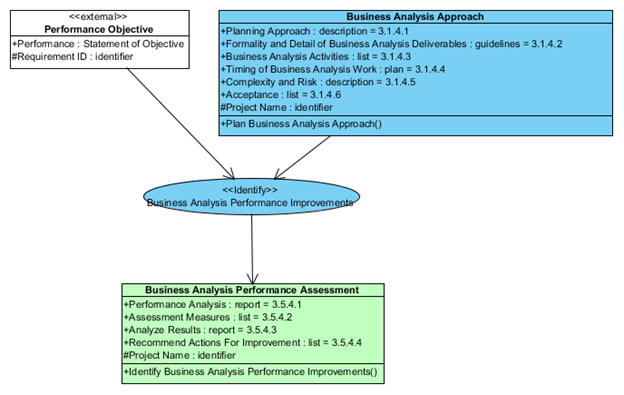
Figure 3: Identify Business Analysis Performance Improvements Task
4.3.1 Attributes
The assessment contains:
- A description of what constitutes business analysis work
- A list of performance measures used in the assessment of business analysis work
- Reports on business analysis performance results
- A list of recommended actions for improving business analysis
The performance assessment document is identified by the project name.
4.4 Change Assessment
The Assess Requirements Changes task produces a Change Assessment item. The input artifacts to this task are the Proposed Change and the impacted Requirements.

Figure 4: Assess Requirements Change Task
4.4.1 Attributes
A Change Assessment includes:
- The guidelines template that defines the formality of the assessment
- A description of the impact of the change to the current solution
- A description of the resolution of the proposed change
Each change assessment item is identified by the change identifier.
4.5 Change Strategy and Solution Scope
The Define Change Strategy task produces a Change Strategy document and a Solution Scope description. The inputs to this task are the Current State description, Risk Analysis Results, the Stakeholder Engagement Approach document and the Future state description.

Figure 5: Define Change Strategy Task
4.5.1 Attributes
Solution Scope contains:
1. A description of the solution scope
Solution Scope is identified by the project name.
Change Strategy document contains:
2. A gap analysis report between the current and future state
3. An enterprise change readiness report
4. A plan for the transforming from the current state to the future state.
5. A plan for release and transition to the solution states
The Change Strategy is identified by the project name.
4.6 Current State and Business Requirement
The Analyze Current State task produces a Current State description document and Business Requirements. The inputs to this task are Business Needs and Elicitation Results.

Figure 6: Analyze Current State Task
4.6.1 Attributes
A Business Requirement contains:
1. A description of the business need
A Business Requirement is identified by a requirement identifier.
The Current State description document contains:
2. A structure describing the organization , its members, communication methods and their culture
3. A list of capabilities and processes performed by the business
4. A structure defining the technology components and capabilities use by the business
5. A list of the current business policies
6. A structure of the existing business architecture
7. A list of internal assets
8. A list of external influences on the current state of the business
The Current State is identified by the project name.
4.7 Design Option
The Define Design Option task produces a Design Option document. The inputs to this task are the Change Strategy, the Requirements Architecture and the solution Requirements.

Figure 7: Define Design Option Task
4.7.1 Attributes
A Design Option document contains:
- A description of the buy-versus-build approach to the solution
- A description of the design and its performance measures
- A list of opportunities for improvements to the business
- A list of traced requirements that are satisfied by the solution
A Design Option is identified by a design option identifier.
4.8 Elicitation Activity Plan
The Prepare For Elicitation (Activity Plan) task produces an Elicitation Activity Plan. The inputs to this task are the Business Needs and the Stakeholder Engagement Approach.
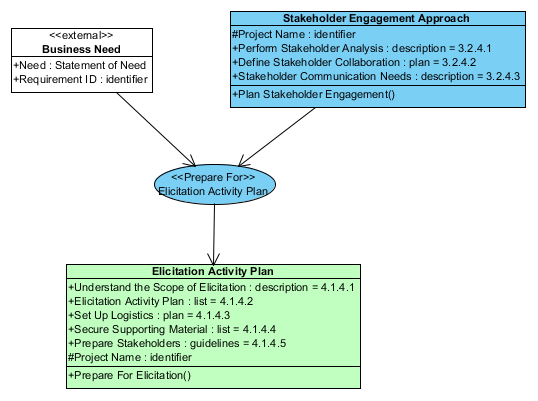
Figure 8: Prepare For Elicitation Task
4.8.1 Attributes
The Elicitation Activity Plan contains:
- A description of the scope of elicitation, including stakeholders, business environment and sources of information
- A list of technique activities that will be performed during elicitation
- A plan for securing people and resources during elicitation
- A list of supporting material used during elicitation
- A set of guidelines to prepare stakeholders for elicitation
The Elicitation Activity Plan is identified by the project name.
4.9 Elicitation Result
Elicitation Results are items that are created by the Conduct Elicitation (Results Unconfirmed) task and updated by the Confirm Elicitation (Results Confirmed) task. The input to Conduct Elicitation is the Elicitation Activity Plan. The inputs to Confirm Elicitation Results are the Elicitation Results.
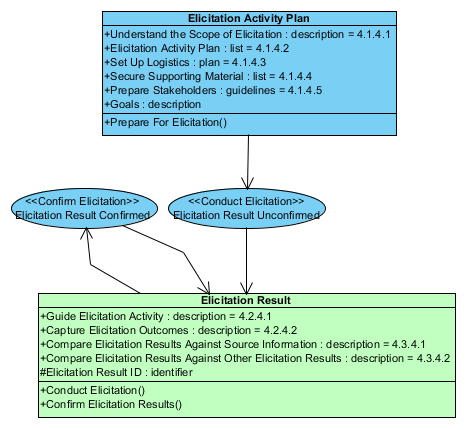
Figure 9: Conduct and Confirm Elicitation Tasks
4.9.1 Attributes
The list of element numbering is restarted, because there a 2 activities producing Elicitation Results.
An elicitation result contains:
- A description of the elicitation activity that produced the result
- A description of the elicitation result
- A description of the elicitation result compared against source information
- A description of the elicitation result compared against other elicitation results
An Elicitation Result is identified by an elicitation result identifier.
4.10 Enterprise Limitation
Assess Enterprise Limitations produces Enterprise Limitation items. The inputs to this task are an existing Implemented Solution, the Current State document and the Solution Performance Analysis document for the implemented solution.
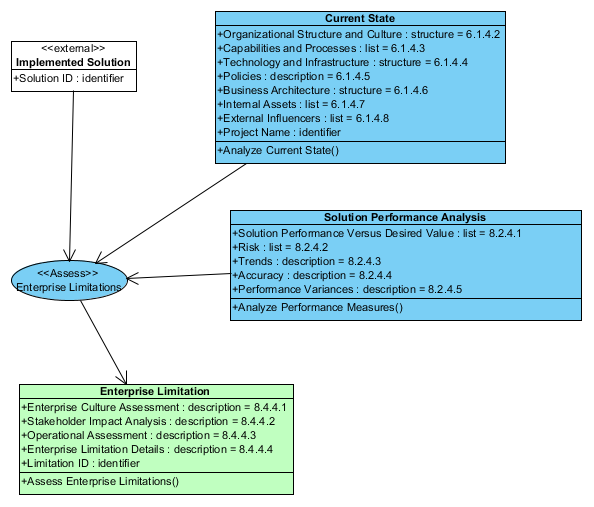
Figure 10: Assess Enterprise Limitation Task
4.10.1 Attributes
An Enterprise Limitation item contains:
- A description of the enterprise culture
- A description of the impacts on stakeholders
- A description of the impacts to operations
- A description of the enterprise limitation
Enterprise Limitations are identified by a limitation identifier.
4.11 Future State, Business Objective and Potential Value
The Define Future State task produces a Future State document that describes the boundaries for possible solutions, 1 or more Business Objectives and a Potential Value document. The inputs to this task are the solution Requirements.
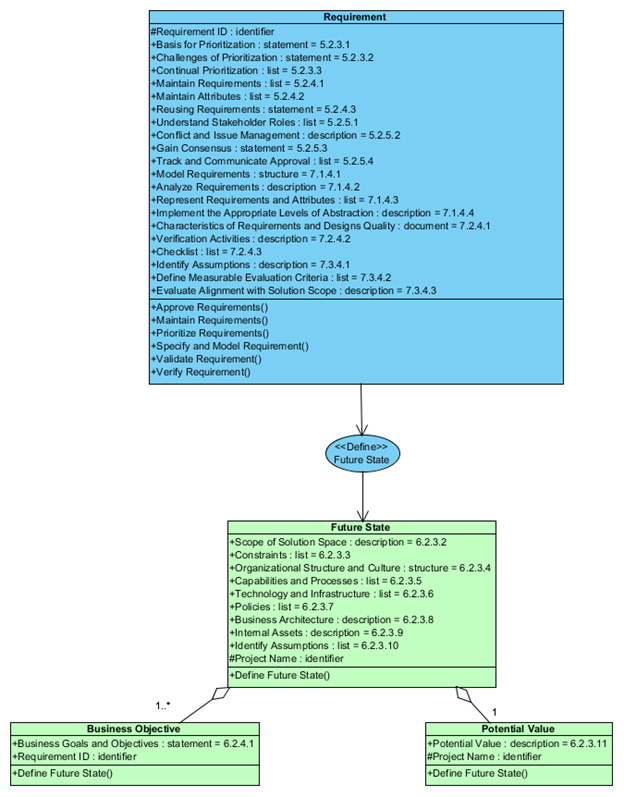
Figure 11: Define Future State Task
4.11.1 Attributes
The Potential Value document contains:
1. A description of the potential value of the future state
The Potential Value is identified by the project name.
The Future State contains:
2. A description of the scope of the future state solutions
3. A list of constraints on a future state solution
4. A description of the organizational structure and culture
5. A list of changes to capabilities and processes
6. A list of changes to technology
7. A list of policies that a solution must meet
8. A description of the business goals and architecture
9. A description of internal assets
10. A list of assumptions about the future state
The Future State document is identified by the project name.
A Business Objective contains:
11. A statement of a future business goal and objective
A Business Objective is identified by a requirement identifier
4.12 Governance Approach
The Plan Governance Approach task produces a Governance Approach document. The inputs to this task are the Business Analysis Approach document and the stakeholder Engagement Approach document.

Figure 12: Plan Governance Approach Task
4.12.1 Attributes
The governance approach document contains:
- Guidelines for participants in the decision making process
- Guidelines for a change control process
- Guidelines for an approach to prioritization
- Guideline for a governance approval process
The Governance Approach document is identified by the project name.
4.13 Information Management Approach
The Plan Information Management Approach task produces an Information Management Approach document. The inputs to this task are Business Analysis Approach document, the Stakeholder Engagement Approach document and the Governance Approach document.

Figure 13: Plan Information Management Approach Task
4.13.1 Attributes
The Information Management Approach document contains:
The structure and organization of data and information used during business analysis
- A description defining levels of abstraction
- Guidelines for requirements traceability
- Guidelines for re-using requirements
- A list of requirement attributes
- A description of the tools used to manage storage and access to this information
The Information Management Approach document is identified by the project name.
4.14 Recommended Action
The Recommend Actions (To Increase) Solution Value task produces Recommended Action items. The inputs to this task are Enterprise Limitations and Solution Limitations.

Figure 14: Recommend Actions Solution Value Task
4.14.1 Attributes
Recommended Action items contain:
- A description of an adjustment to the procedures that measure solution performance
- A statement of recommendation for the action
The Recommended Action item is identified by an action identifier.
4.15 Recommended Solution
The Analyze Potential Value And Recommend Solution task produces a Recommended Solution document. The inputs to this task are the Potential Value document and solution Design Options.

Figure 15: Analyze Potential Value And Recommend Solution Task
4.15.1 Attributes
This document contains:
- A description of the expected benefits that the solution brings to stakeholders
- A description of the expected cost of the solution
- A description of the potential value the solution brings to stakeholders
- A description of the recommended solution and a comparison assessment of different design options
The Recommended Solution is identified by the project name.
4.16 Requirements Architecture
The Define Requirements Architecture task produces a Requirements Architecture within the tools used to manage requirements. The inputs to this task are the Information Management Approach document, the Solution Scope document and the solution Requirements.

Figure 16: Define Requirements Architecture Task
4.16.1 Attributes
The Requirements Architecture contains the following structures:
- Views into requirements information that is of interest to a specific stakeholder
- An architectural template of the tools used to host the requirements
- A complete repository for requirements
- A repository for relationships between requirements
- A repository for supporting information
The Requirements Architecture is identified by the project name.
4.17 Requirement
The tasks that output Requirements are, Specify And Model, Maintain, Verify, Validate, Prioritize, and Approve Requirements. Elicitation Results and existing Requirements provide the inputs to Requirement tasks.

Figure 17: Requirements Tasks
4.17.1 Attributes
* Note that the BABOK Design artifact is included in the Requirement.
* Note that the attribute numbering is restarted 6 times, because there a 6 tasks producing Requirements
Requirements contain the following attributes:
- A statement of the reason for the requirement’s priority
- A statement of requirement’s priority
- A list that records changes in this requirement’s priority
- A list of changes to the requirement
- A list of changes to requirement attributes
- A statement of the reusability of the requirement
- A list of stakeholder roles for approval of the requirement
- A description of stakeholder conflicts concerning the requirement
- A statement of requirement approval
- A list that records changes to stakeholder approval of the requirement
- A structure representing the requirement in the solution analysis model
- A description of the results of analyzing the requirement
- A list of requirement attribute values
- A description of the level of abstraction of the requirement
- A description that meets the quality guidelines of the requirement
- A description of the requirement verification activities
- A checklist that confirms the quality attributes of the requirement
- A description of assumptions about the requirement
- A list of requirement acceptance criteria
- A description of why a previously approved requirement was removed from scope
Requirements are identified by a requirement identifier.
4.18 Risk Analysis Result
The Assess Risks task produces Risk Analysis Result (aka Risk) items. The input artifacts to this task are, Potential Values, Elicitation Results, Design Options, Business Objectives and Requirements.

Figure 18: Assess Risks task
4.18.1 Attributes
A Risk item contains the following attributes:
- A description of unknown risks that are the result of uncertain events or conditions
- A statement of whether the risk is a constraint, dependency or assumption
- A description of the negative impacts to the value of the solution
- A statement of tolerance to the consequences of the risk
- A description of recommendations to mitigate the risk
A Risk is identified by a risk identifier.
4.19 Solution Limitation
The Assess Solution Limitation task produces a Solution Limitation item. The input to this task is a Solution Performance Analysis document.

Figure 19: Assess Solution Limitation Task
4.19.1 Attributes
The solution Limitation attributes are:
- A description of internal component dependencies that affect the performance of the solution
- A description of the source of the problem that causes the limitation
- A description of the limitation caused by the problem and its impact on the business
A Solution Limitation is identified by a limitation identifier.
4.20 Solution Performance Analysis
The Analyze Solution Performance Measures task produces a Solution Performance Analysis document. The inputs to this task are Potential Values and Solution Performance Measures.

Figure 20: Analyze Performance Measures Task
4.20.1 Attributes
The attributes of a Solution Performance Analysis document are:
- A list of solution performance results compared against the desired performance results
- A list of risks due to the performance results
- A description of trends that may skew the results
- A description of the accuracy of the performance results
- A description of the variances between the expected performance and the solution performance
The Solution Performance Analysis document is identified by the project name.
4.21 Solution Performance Measure
The Measure Solution Performance task produces Solution Performance Measure items. The inputs to this task are the Business Objectives and an Implemented solution.
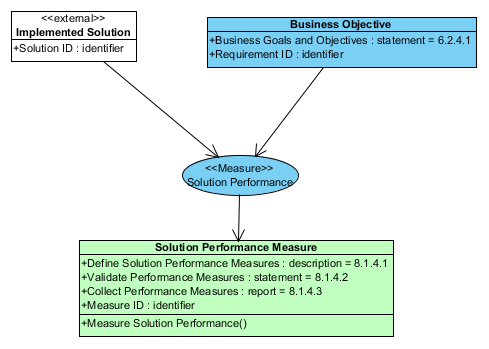
Figure 21: Measure Solution Performance Task
4.21.1 Attributes
The attributes of a Solution Performance Measure are:
- A description of what is being measured and its purpose
- A statement on the validity of the measure
- A report of the measurement results
The Solution Performance Measure is identified by a measure identifier.
4.22 Stakeholder Engagement Approach
The Plan Stakeholder Engagement Approach task produces a Stakeholder Engagement Approach document. The inputs to task are Business Needs and the Business Analysis Approach document.
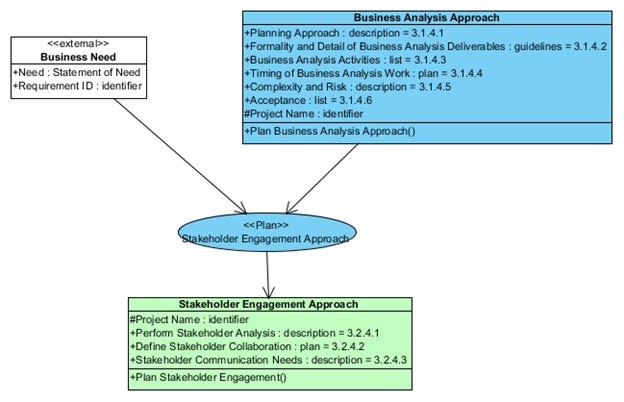
Figure 22: Plan Stakeholder Engagement Approach Task
4.22.1 Attributes
The Stakeholder Engagement Approach document contains:
- A description of the stakeholders and their characteristics
- A plan for communicating with stakeholders
- A description of stakeholder collaboration, such as frequency and methods of communication,
The Stakeholder Engagement Approach is identified by the project name.
4.23 Stakeholder Engagement
The Manage Stakeholder Collaboration task produces a Stakeholder Engagement document. The inputs to this task are the Stakeholder Engagement Approach document and Business Analysis Performance Assessment document.

Figure 23: Manage Stakeholder Colaboration Task
4.23.1 Attributes
The Stakeholder Engagement document includes:
- Statements of agreement on commitments
- A list of stakeholder engagement activities
- A description of stakeholder collaboration
The Stakeholder Engagement document is identified by the project name.
4.24 Traced Requirement
The Trace Requirements task produces Traced Requirements. The inputs to this task are Requirements (and design choices[1]). Traced Requirements are items that link two requirements.

Figure 24: Trace Requirements Task
4.24.1 Attributes
These Traced Requirements are housed in a traceability structure that provides:
- Formality of the traced requirements
- The ability to select the type of traceability relationship
- A repository for the relationship between the requirements
A Traceability item is identified by the identifier of the 2 requirements that it links.
5 Summary
The intention of this article is to identify and specify the artifacts listed in the BABOK. These artifacts are listed within the Outputs section of the BABOK tasks. Outputs are described by a paragraph of text within each task. In this article I attempted to expand on these descriptions by adding detail to their content.
It is assumed that each activity produces a tangible output[2] which is consistent with the layout of the BABOK. Those outputs are classed as artifacts with attributes. Each artifact’s attribute description is taken from the element description of the tasks that output that artifact. The BABOK element descriptions provide guidelines for activity that produces the attribute, without necessarily defining the information contained in the attribute. That information has been derived from the element description.
Artifacts are derived from the BABOK Output sections. Artifact attributes are derived from the BABOK Element sections. A useful addition to the BABOK might be examples or templates of the outputs.
Author: Leslie Munday, Sr. IT Professional
Leslie is a Senior level Information Technology (IT) professional with expertise in Business and Systems Analysis, Process Analysis, Requirements Analysis and Project Management.
Previously, I published a book titled “Analysis Through Pictures”. This book details the knowledge, skills, methods and best practices that I used as a systems analyst, up to 2011. It shows how the Rational Unified Process can be used effectively, to produce quality software systems. I have been actively involved with the International Institute of Business Analysis. I joined the IIBA after they asked me to give a presentation about traceability. Since then I have presented an analysis model of the Business Analysis Body Of Knowledge, and published several analysis presentations to various business analysis organizations. My website is intended to share my analysis knowledge skills and presentations with anyone who is interested in learning about the role of a business analyst.
References/footnotes:
- In order to reduce complexity, design choices are considered to be a subset of requirements. They are produced by the same tasks as requirements and are input to the same tasks. Note that none of the requirement attributes are specific to design.
- If an activity does not produce a tangible output, I would question the benefit of performing that activity.